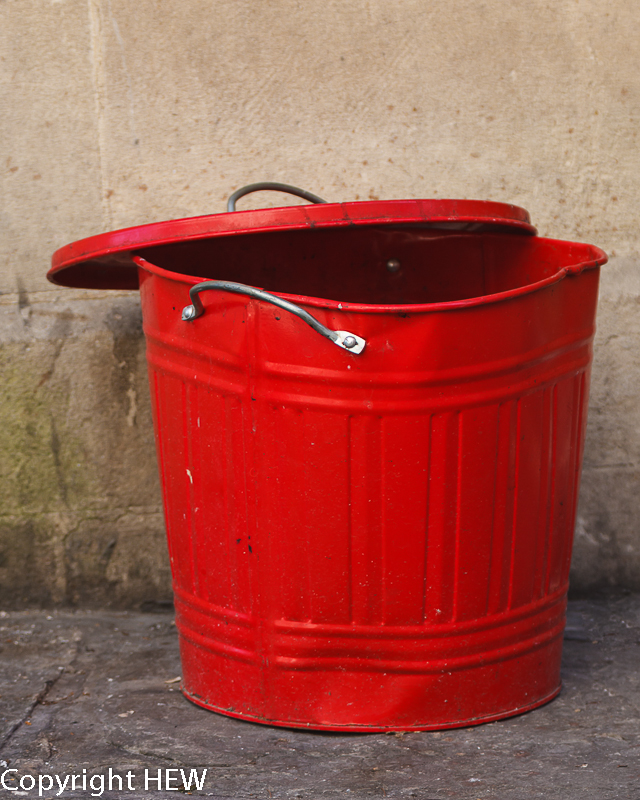Red Bin
Day: January 17, 2013
Have you calibrated ?
Calibration and colour management are very critical to all photographic activities, from the second you take your photo, to the time you process it and display or share it either in print or digital form.
Most people are not initially aware of colour management, until the picture in the camera doesn’t match the scene, the picture on the computer screen doesn’t match the camera, or the print doesn’t match what they see in either or both.
The least that can be done by any photographer is to have a monitor calibration device that calibrates the colours, brightness and contrast of their computer display. In this way they are at least sure that what they see on the screen will be matched by professional prints, and by any calibrated display.
To get the right colour from the scene requires either shooting a test shot at the scene using ideally a photographic grey card, or at least a white sheet of paper, and maybe a colour chart. This calibrates the camera at the scene or works in post-processing for RAW files.
The last bit is calibrating the printer, as the colour profiles change with change of paper and ink, and the generic manufacturer profiles don’t usually do a very accurate job. The spectrophotometers for scanning prints are not as cheap as the display ones, but once a colour profile is produced for the printer/ink/paper combination the result should match either the original scene or at least what has been captured in JPEG or RAW, before or after computer processing.
So have you calibrated your workflow yet ?
